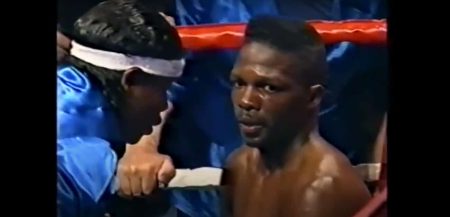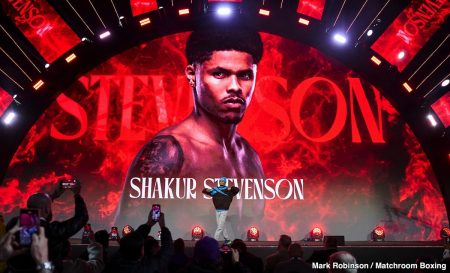Technical Glitch Halts Review
The New York State Athletic Commission (NYSAC) is currently reviewing the events of the ninth round in the highly anticipated fight between WBA lightweight champion Gervonta "Tank" Davis and Lamont Roach, which took place last Saturday night in Brooklyn, New York. The commission has stated that they faced "technical issues" when attempting to review the crucial moment, preventing them from making an informed decision based on the replay footage. This setback has raised significant concerns, especially given the timing of the incident, which could have had a major impact on the outcome of the fight and the financial stakes for both fighters. The controversy hinges on a pivotal moment where Davis, known for his explosive style and resiliency, took a knee after absorbing a powerful right hand and a left jab to the head from Roach.
In-Ring Decision Relied Upon
The spokesperson for the NYSAC explained the situation to ESPN, stating, “During the round in question, following the commission’s request for the replay video, there was a technical issue preventing the commission from receiving it within the allotted time for review. Therefore, the referee’s in-ring decision was relied upon and the fight continued.” This reliance on the in-ring decision has drawn attention to the actions of referee Steve Willis, who seemingly overlooked a critical call. The moment in question is particularly significant because it occurred during a round that could have dramatically altered the course of the bout. Instead of ruling it a knockdown, which would have favored Roach, Willis allowed the fight to continue, ultimately leading to a controversial 12-round majority draw.
Davis’ Response to the Punch
When Davis took a knee, it appeared as though he was genuinely affected by the powerful punches from Roach. Many spectators and analysts believed that he was on the verge of saying, “No mas,” a boxing term used to indicate a fighter’s unwillingness to continue the match. However, instead of verbally conceding, Davis motioned to the referee and walked to his corner. This action was interpreted by many as a form of quitting, as the rules dictate that if a fighter goes down and does not immediately return to the action, it should be ruled a knockdown. The fact that the referee did not make this call has been a point of contention among fans and experts alike.
Referee’s Oversight and Its Consequences
The oversight by referee Steve Willis has been widely criticized, as his failure to rule the incident a knockdown essentially saved Davis from losing the bout. The final scores of the fight were split, with one judge scoring it 115-113 in favor of Davis, and the other two judges scoring it 114-114, leading to the majority draw. If the ninth round had been ruled a knockdown, the scorecards would likely have favored Roach, and the outcome of the fight could have been different. This moment has not only raised questions about the fairness of the decision but has also sparked a broader discussion about the reliability of referees and the need for more consistent and transparent officiating in professional boxing.
Potential Reversal and Impact on Roach
Now, the NYSAC has the opportunity to review the incident and potentially reverse Willis’s mistake. If they rule it a knockdown, it could change the final scorecards and the overall result of the fight. For Roach, this potential reversal could mean the difference between a draw and a career-defining victory. The financial implications are also significant, as a win would have likely resulted in a substantial payday and boosted Roach’s career. The controversy surrounding the ninth round has not only affected the immediate outcome of the fight but has also cast a shadow over Roach’s future prospects in the sport.
Moving Forward
The boxing community is watching closely as the NYSAC deliberates on this contentious issue. The outcome of their review could have far-reaching implications, not just for the two fighters but also for the sport as a whole. Improved technology and clearer guidelines for referees are crucial to ensuring that such disputes are minimized in the future. For Davis and Roach, this moment serves as a reminder of the high stakes and the importance of every decision made in the ring. While the controversy lingers, the hope is that the commission will make a fair and transparent ruling to restore confidence in the sport’s officiating standards.











